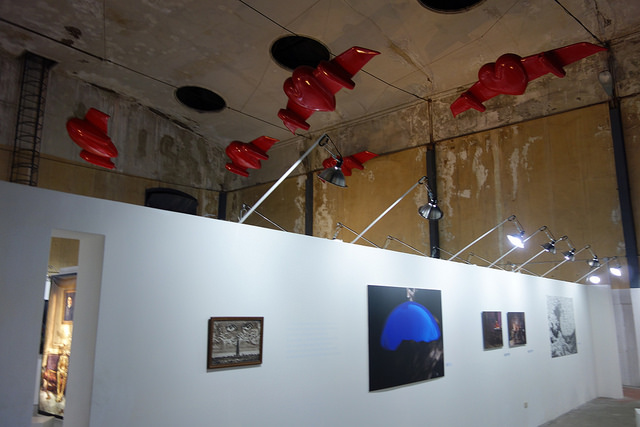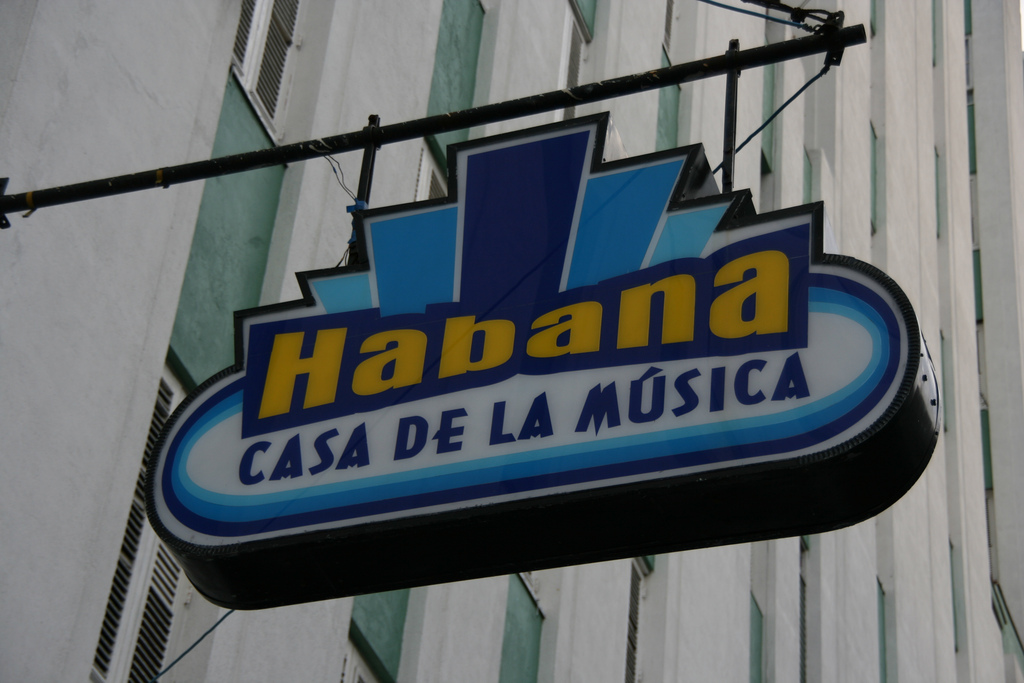Havana is a city of abundant charm in a country of fascinating contradictions. She is mesmerising, addictive and overflowing with personality at every artfully shabby street corner.

Plaza Vieja, Havana. (Photo: Brian Snelson via Flickr)
Havana is proud of her history and she has a very short attention span; Cuba is changing quickly, and Havana is not one to be left behind. Brimming with beauty, both young (the meticulously refurbished old town Vieja) and aging (edgy Centro and its bashed up forgotten facades), Havana keeps many secrets hidden in the slew of peeling pastel colonial buildings. Nothing here is as it seems; atop an ugly 1950’s apartment block you might find an elegant, napkin-clad restaurant, behind a crumbling creaky front door – a thriving music club.
In a city that accosts each and every sense, there are three things to look for here that are served up with the utmost pizzazz. Firstly, food; the private restaurant scene here has blossomed over the past few years, with each district boasting eateries to tickle even the most refined palate.
In Vieja, the legendary Dona Eutemia serves up classic Creole dishes such as a punchy ropa vieja; shredded lamb stewed with tomatoes and onions and muddled with herbs or juicy grilled chicken doused in lemon and honey for the more delicate tastebud. Whatever takes your fancy, every dish is served with an array of tasty, textured sides; homegrown salad, crispy deep fried plantain crisps and frijoles negro – a dark soup of garlicky black beans to be poured over a perfect dome of rice. This spot is ideal for lunch time, but head there a little later in the afternoon when the sun slants golden across the adjacent Plaza de la Catedral, miss the crowds and enjoy a charming serenade from a couple of guitar-laden buskers.
New to Vieja and worth a mention is Los Mercaderes, a grown-up restaurant set in a charming town house with rose-petal strewn stairs leading up to rooms with soaring ceilings and walls splashed with framed 1950’s adverts, patrolled by an army of discreet penguin-dressed waiters.
Further afield, green suburbia Vedado boasts the latest in super chic bars – the best to date is El Cocinero, spread atop a roof terrace with trendy contemporary furnishings, potted plants and canvas sails suspended overhead. Hungry revellers can dine on fresh seafood skewers in the minimalist restaurant or tumble onto the roof terrace for tapas and cocktails. Quirkily enough, the adjacent funnel chimney plays host to art installations (currently a chandelier made up of neon green snorkels). Equally enticing is Vedado’s Atelier, a sophisticated gallery-cum-restaurant with contemporary Cuban art adorning the walls, tasty French cuisine and bohemian interiors.
Speaking of art, this is next on the list of Havana’s offerings. Newly set up Havana Cultura Visual Arts project seeks to back the contemporary Cuban visual arts through scholarships, a corporate art collection and a database of up and coming Cuban artists, encompassing visual artists, writers, performers, dancers and musicians.

Fábrica de Arte Cubano. (Photo: C. Persen via Flickr)
Another recent addition to Havana’s art scene is Fabrica Arte Cubano, a public-private multimedia venue set up to encompass visual arts, photography, cinema, theatre, dance and almost anything else that might fall under the arts umbrella. The venue itself is a cavernous space, but there’s more to it than exhibitions; the project aims to set up workshops for the benefit of the local community.
For those intent on appreciating Cuban art, a number of local operators, such as Havana Tour Company, offer bespoke tours that take in a variety of smaller galleries – usually private studios – as well as the vibrant street art scene (including larger than life modern murals) and key museums.
Third (but by no means last), Havana’s music scene is not to be missed. In fact, it’s difficult to miss given that it’s extremely hard to escape; dusk draws music to the streets like moths to a lamp. Most recently in February, the habaneros celebrated the very first World Music Festival, aiming to give Cubans the opportunity to experience the diversity of their home countries music while featuring musicians from around the world to encourage exchanges between Cuban and international bands from rock to reggae, salsa and electronic.
For something less transient, visit one (or both) of the Casas de la Musica either in Miramar or Centro. Miramar’s is a big of a slog from town but worth the trip; the locals hail this the better venue (a moody Art Deco mansion) and it boasts an authentic mixture of music. The slightly grittier Centro nightclub hosts big names in a bit of a tight space for few pesos. Centro Cultural Bertolt Brecht is popular with local hipsters for live jazz and fusion, while Prive Lounge is jazz though-and-through in a laidback ambiance.

Casa de la Musica, Miramar.
Whatever brings you to Havana, you’ll be sure to leave with tantalised tastebuds and a pocketful of colour, ears ringing with the spellbinding sounds of a city alight with change.